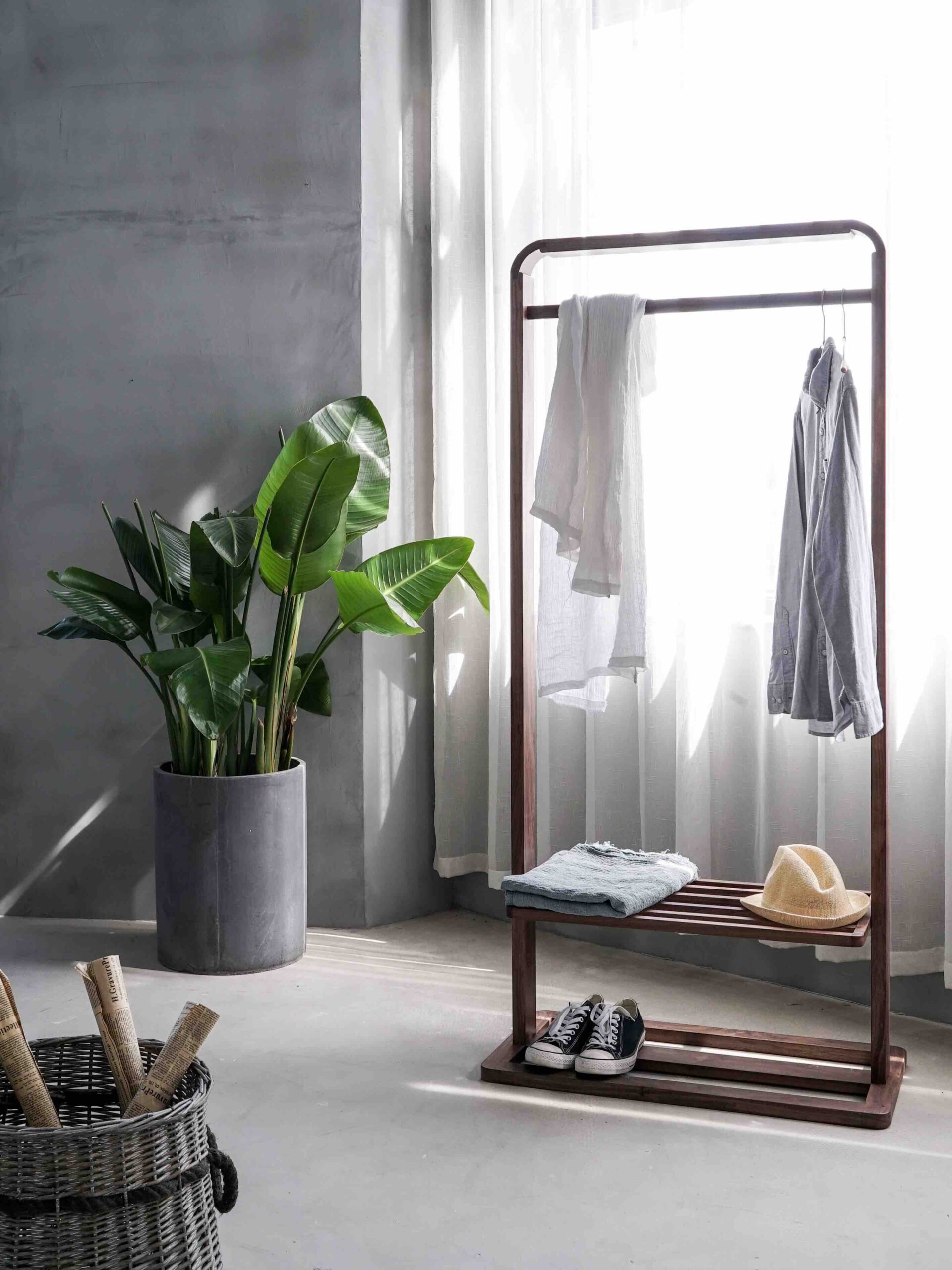Creating a nature-inspired home is not only aesthetically pleasing but also has numerous health benefits. Biophilic design, which incorporates natural elements into indoor spaces, can help reduce stress, improve air quality, and enhance overall well-being. In this article, we will explore some biophilic design elements that can transform your home into a serene and rejuvenating sanctuary.
1. Natural Light
One of the most important aspects of biophilic design is maximizing natural light in your home. Sunlight not only makes a space feel more open and inviting but also provides essential vitamin D. Consider using large windows, skylights, and light-colored curtains or blinds to allow ample natural light to flood your living spaces.
2. Indoor Plants
Bringing nature indoors with the use of indoor plants is a simple yet effective way to incorporate biophilic design. Plants not only add a touch of greenery but also help purify the air by removing toxins and releasing oxygen. Choose low-maintenance plants like snake plants, peace lilies, or pothos, and place them strategically throughout your home to create a calming and refreshing atmosphere.
3. Natural Materials
Using natural materials in your home can evoke a sense of connection with the outdoors. Opt for furniture and decor made from materials like wood, bamboo, rattan, or stone. These materials bring warmth, texture, and a natural element to your living spaces. Additionally, consider using organic textiles such as cotton, linen, or wool for upholstery and bedding to enhance the overall natural ambiance.
4. Water Features
Integrating water features into your home can create a soothing and tranquil environment. Whether it’s a small tabletop fountain, a wall-mounted waterfall, or a fish tank, the sound and sight of water can have a calming effect on the mind and body. Just make sure to maintain the water feature properly to prevent any issues with cleanliness or humidity.
5. Natural Colors
The color palette you choose for your home can greatly influence the overall ambiance. Opt for earthy tones, such as greens, browns, and blues, to create a calming and nature-inspired atmosphere. These colors can be incorporated through paint, furniture, decor, and accessories. Experiment with different shades to find the perfect balance that resonates with your personal style.
6. Views of Nature
If you are fortunate enough to have a beautiful outdoor view, make the most of it by arranging your furniture to maximize the sightlines. Position seating areas near windows or glass doors that offer captivating views of your garden, a nearby park, or a natural landscape. This not only brings the beauty of nature indoors but also allows you to connect with the outdoor environment.
7. Nature-Inspired Artwork
Adding nature-inspired artwork to your walls can instantly transform the ambiance of a room. Choose paintings, prints, or photographs that depict natural landscapes, flora, or fauna. These art pieces can serve as focal points and bring a sense of tranquility and beauty into your home.
8. Outdoor Living Spaces
If you have an outdoor area, create a functional and inviting space where you can connect with nature. Consider adding comfortable seating, a dining area, and even a garden or a small vegetable patch. Having an outdoor oasis allows you to fully immerse yourself in the natural environment and enjoy the benefits of fresh air and sunlight.
By incorporating biophilic design elements into your home, you can create a space that promotes relaxation, rejuvenation, and a deeper connection with nature. Whether you start small with a few indoor plants or go all out with a complete redesign, the key is to create an environment that brings the beauty and serenity of the outdoors inside.
For more inspiration and tips on interior design, visit Interior A to Z.




